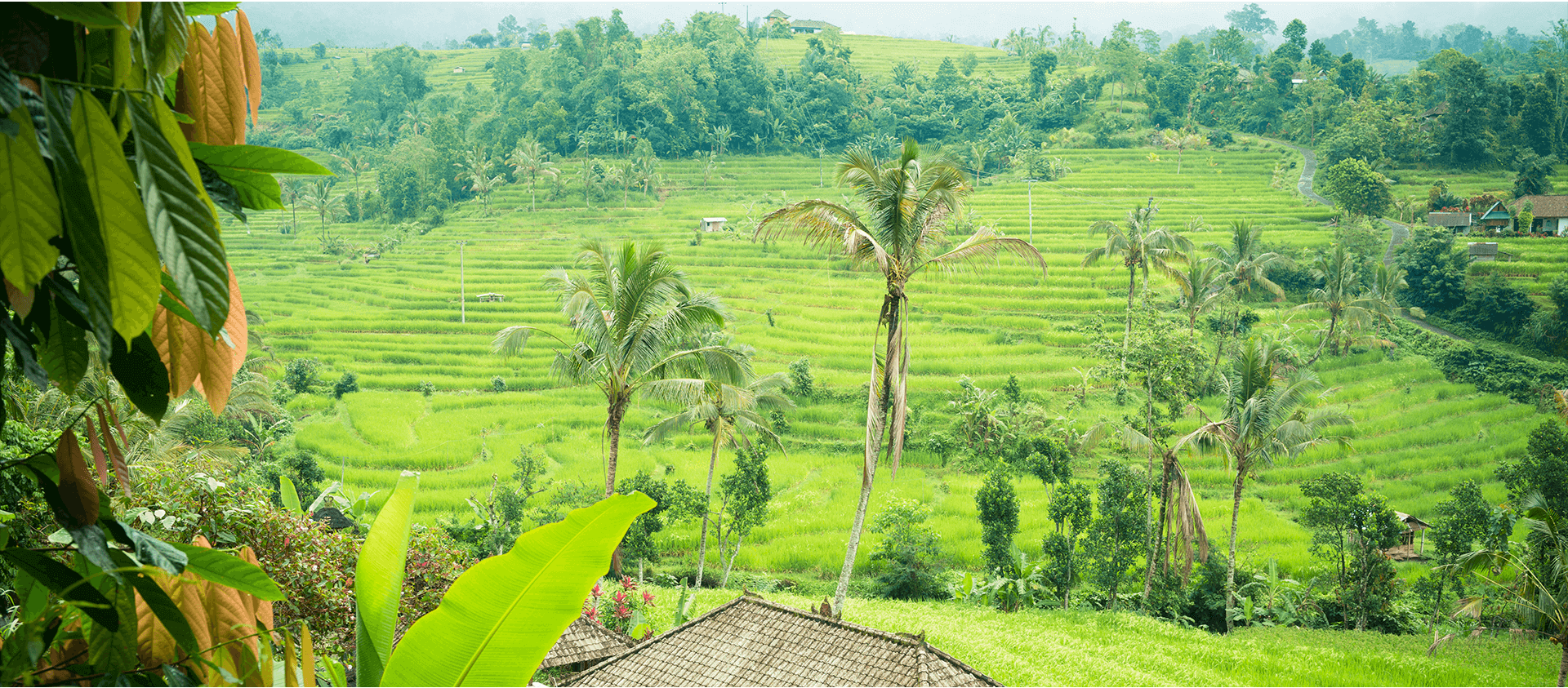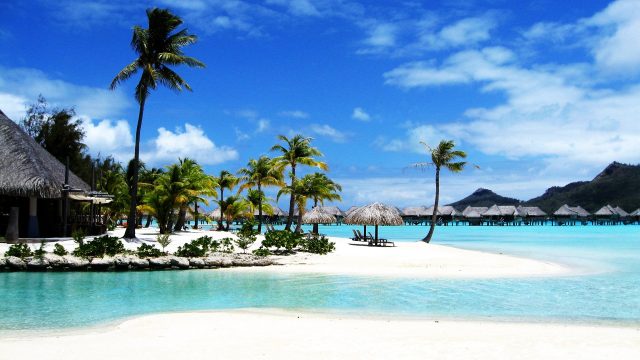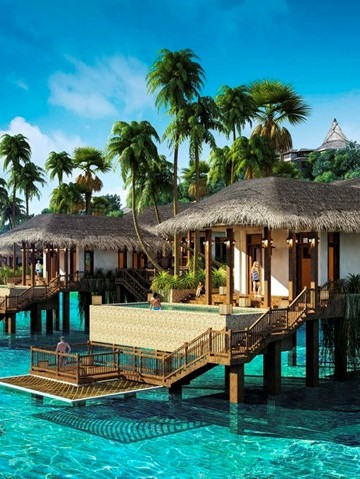TRAVEL EXPERIENCES IN HUE IMPERIAL CITADEL
20-03-2019Situated in the Centre of Vietnam, Hue used to be the former capital of the emperors of the Nguyen Dynasty. Thus, Hue has been one of Vietnam's main cultural, religious and educational centres. With diversified and beautiful landscapes, Hue possesses a unique and harmoniously beauty. Today, its main attractions are the royal tombs, notable pagodas and the remains of the Citadel. In 1993, Hue Citadel was recognized as a World Cultural Heritage Site by UNESCO and followed is Hue Royal Musical declared as a World Intangible Cultural Heritage in 2003.
The Perfume River runs between the city of Hue and the remains of the Citadel, dragon boat trips as well as dinner cruises on the river are an enchanting way to see the city. Also, royal emperor Hue-style food is can not be missed experience.
Hue - Ancient Capital
Situated on the Huong (Perfume) River in central Vietnam, Hue was the imperial capital of the country during the Nguyen dynasty from 1802-1945. The complex of Hue monuments earned UNESCO recognition as a World Heritage site in 1993 and has been undergoing extensive renovations since then.
In the heart of the city is the formidable Citadel including the royal Forbidden City, an elegant complex of residential buildings, temples that was the home of the Nguyen dynasty rulers in the 19th and first half of the 20th centuries. Within the outer walls of the Citadel are residential areas where some citizens of Hue live today. Visitors can get a taste of local Vietnamese life by strolling through the labyrinth of streets and observing the lives of the local people.
No trip to Hue would be complete without a boat trip down the Perfume River to see the royal tombs of emperors To Duc, Khai Dinh and Ming Mang as well as the iconic Thien Mu Pagoda. The landscaping at the Ming Mang tomb is particularly interesting, resembling the grounds of English stately homes designed by Capability Brown.
In addition to its historical attractions, Hue is known for its unique cuisine, combining dishes created for the former imperial court with a wide variety of street food, which is often fairly spicy.
Hue is also famous for its high quality embroidery and silks, and a tailor made ao dai, the traditional long dress of Vietnam, is a popular souvenir for many tourists.

Highlights of Hue City are the ancient Citadel, nearby royal tombs, Thien Mu Pagoda and Dong Ba Market. All can be seen in one or two full days. Around Hue, there are the Demilitarized Zone (DMZ), Vinh Moc underground tunnels and Bach Ma National Park, promising destinations for day tours starting from Hue.
When to go?
The best time to visit Hue is from March to August, particularly in March and April when it is normally dry and the temperatures are cooler although light rain is still likely. Rainy season started from September to January, heavily and frequently.
Travel Tips:
Most of the city's major sites, beside the Forbidden City, are not within walking distance from the city center. It is recommended to arrange a tour either by boat, private car or motorbike. Bicycling is also an option.
For the DMZ tour, in fact, there are few remnants of the war and not much left to see. If you are interested in the war history, bring along a good tour guide who can color in the sites with stories. Don't forget to bring along an umbrella and a torch to explore the Vinh Moc Tunnels.
THINGS TO DO:
Imperial Citadel:
The Imperial City is a walled palace within the citadel of the city of Hue, the former imperial capital of Vietnam. The building was built in 1362, and took 203 years to complete.

This hillside monument is a synthesis of Vietnamese and European elements. Most of the tomb’s grandiose exterior is covered in blackened concrete, creating an unexpectedly Gothic air, while the interiors resemble an explosion of colourful mosaic. Khai Dinh was the penultimate emperor of Vietnam, from 1916 to 1925, and widely seen as a puppet of the French. The construction of his flamboyant tomb took 11 years. The tomb of Khai Dinh is 10km from Hue in Chau Chu village.

The Meridian Gate, also known as the South Gate, is the main gate to the Imperial City, Hue, located within the citadel of Hue.
The Pagoda of the Celestial Lady is a historic temple in the city of Hue in Vietnam. Its iconic seven-storey pagoda is regarded as the unofficial symbol of the city, and the temple has often been the subject of folk rhymes and ca dao about Hue.
Tomb Tu Duc:
Located in a narrow valley in Duong Xuan Thuong Village, 8km from Hue City, Tu Duc Tomb is considered as one of the most beautiful and picturesque and largest works of architecture of Nguyen Dynasty’s royal palaces and tombs. People say that Tu Duc Tomb is a must in every tour to Hue City.
The tomb was constructed between 1864 and 1867. The construction of Tu Duc’s tomb requires an incredible amount of money and labour, thus resulted in a rebellion of workers. Therefore, the tomb was renamed as Khiem Lang, in comparison with the former name: Van Nien Co (expresses the wish to be permanent). In addition, all the constructions’ names were changed to bear the word Khiem (Modesty) in their names, as the king wanted to express his humility.
It was the place where he could retreat from the Citadel to compose poetry or go hunting because the monument was finished when the king was still in reign. The design of the tomb is said to clearly reflect the profound knowledge and romance of the king’s characteristics

Nine Tripod Cauldrons:
The nine dynastic urns (Cuu Dinh) lining up in front of the Temple were cast in 3 years from late 1835 to early 1837 with 20 tons of bronze. These are Cao Dinh in the middle and then Nhan Dinh, Chuong Dinh, Anh Dinh, Nghi Dinh, Thuan Dinh, Tuyen Dinh, Du Dinh, Huyen Dinh on the right and left. These names are also the holy names of successive decreased Emperor who are worshipped in The Temple. The value of the nine urns lies firstly in their huge sizes and secondly the sophisticated bronze casting skill. The highest urn is over 2.5m; the shortest is over 2.3m. The body circumference is from 4.64m to 4.75m. The heaviest one is over 2,061kg, the lightest is 1,935kg. It is considered to be an outstanding achievement of 19th century bronze casting.

An Dinh Palace:
An Dinh Palace (also called Khai Tuong Lau), the place where the last king of Vietnam Bao Dai used to live with his family from 1945 to 1955, has been opened for tourists by the Center for Preservation of Hue Relics.




.jpg)
.jpg)
.jpg)
.jpg)
.jpg)
.jpg)
_.jpg)
.jpg)
.jpg)
.jpg)
.jpg)
.jpg)
.jpg)